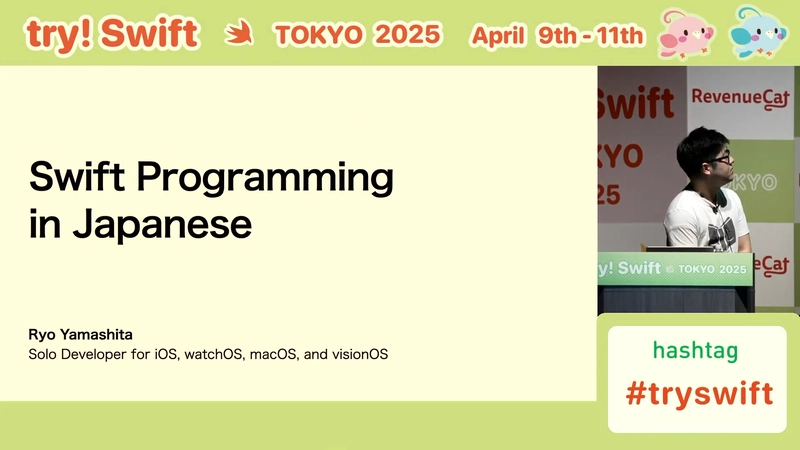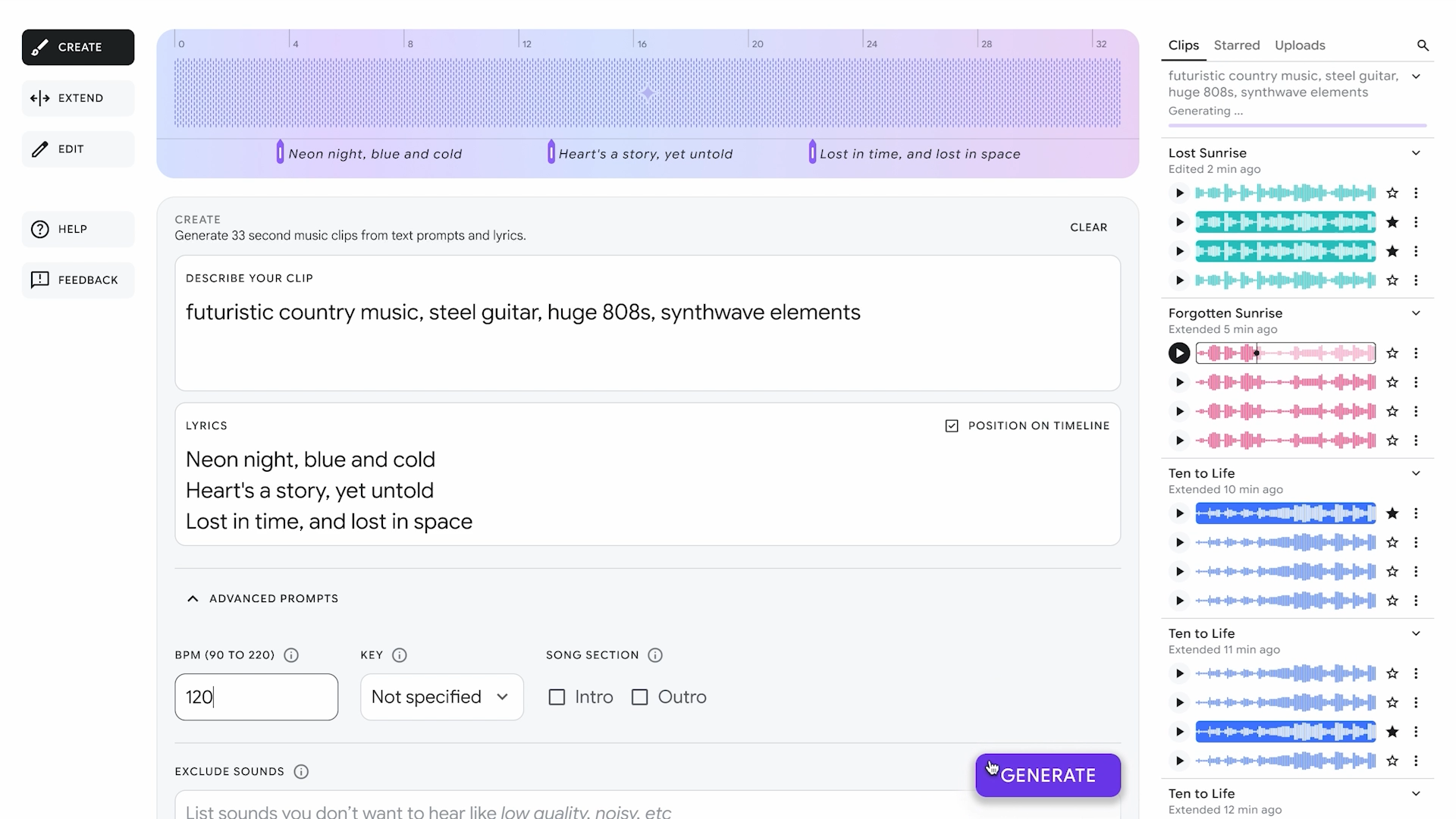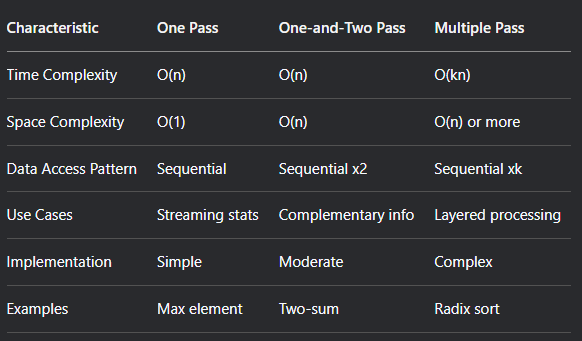How Does the Command Pattern Simplify Code in 2025?
Design patterns have long been essential tools in a developer's toolkit, providing robust frameworks for solving common problems across various programming domains. Among these, the Command Pattern stands out as a powerful tool for simplifying code, especially in today's complex software landscape. In 2025, as applications continue to grow in complexity, the Command Pattern remains an invaluable resource for developers seeking to maintain clean, maintainable, and scalable codebases. What is the Command Pattern? The Command Pattern is a behavioral design pattern that encapsulates a request as an object, thereby enabling parameterization of clients with different requests, queuing of requests, and logging the history of requests. This approach provides a means to decouple the sender of a request from its receiver, promoting a clear separation of concerns. Simplifying Code with the Command Pattern 1. Decoupling and Flexibility One of the most significant advantages of the Command Pattern is the decoupling it facilitates between the objects that make requests and those that perform them. This separation allows developers to make changes in the command processing logic without affecting the client code. The flexibility of this pattern is crucial for adapting to future requirements, especially in applications that require frequent updates or modifications. 2. Enhanced Manageability As software systems grow, managing a larger codebase can quickly become cumbersome. With the Command Pattern, each command is a separate object, making it easier to manage individual pieces of functionality. This modularization improves code readability and maintainability, allowing developers to focus on specific commands without navigating through a monolithic code structure. 3. Support for Undo and Redo Operations In interactive applications, supporting undo and redo operations is often a critical feature. The Command Pattern inherently supports these operations by maintaining a history of requests. Each command object can implement an undo method, providing a straightforward way to reverse its effects. This capability is essential for applications with complex state management needs. 4. Streamlined Testing and Debugging Commands, being self-contained objects, can be tested in isolation, leading to more manageable and less error-prone testing processes. Developers can unit test command objects independently, ensuring that each command behaves as expected. Furthermore, debugging is simplified as developers can track command execution and easily identify where issues may arise. Real-World Applications and Examples In 2025, the applications of the Command Pattern are expansive, ranging from UI elements where user actions are encapsulated in command objects to backend services that facilitate flexible request handling. Common use cases include actions in GUI applications, task scheduling in automation systems, and transaction logging in enterprise applications. Learn More About Design Patterns If you're interested in exploring other design patterns, you might find the following resources useful: Implementing design patterns in C# discusses the practical implementation of various design patterns in C#. Kotlin design patterns offers insights into implementing design patterns effectively in Kotlin. Design patterns and over-engineering explores the balance between using design patterns and avoiding over-engineering in software projects. Conclusion As our world continues to lean into the digital age, the Command Pattern in 2025 remains a cornerstone for simplifying complex codebases and enhancing the quality of software design. Its ability to decouple, enhance manageability, and facilitate critical operations like undo and redo makes it indispensable in modern software development. By incorporating the Command Pattern into your projects, you can achieve cleaner, more maintainable code and keep up with the evolving demands of software development.

Design patterns have long been essential tools in a developer's toolkit, providing robust frameworks for solving common problems across various programming domains. Among these, the Command Pattern stands out as a powerful tool for simplifying code, especially in today's complex software landscape. In 2025, as applications continue to grow in complexity, the Command Pattern remains an invaluable resource for developers seeking to maintain clean, maintainable, and scalable codebases.
What is the Command Pattern?
The Command Pattern is a behavioral design pattern that encapsulates a request as an object, thereby enabling parameterization of clients with different requests, queuing of requests, and logging the history of requests. This approach provides a means to decouple the sender of a request from its receiver, promoting a clear separation of concerns.
Simplifying Code with the Command Pattern
1. Decoupling and Flexibility
One of the most significant advantages of the Command Pattern is the decoupling it facilitates between the objects that make requests and those that perform them. This separation allows developers to make changes in the command processing logic without affecting the client code. The flexibility of this pattern is crucial for adapting to future requirements, especially in applications that require frequent updates or modifications.
2. Enhanced Manageability
As software systems grow, managing a larger codebase can quickly become cumbersome. With the Command Pattern, each command is a separate object, making it easier to manage individual pieces of functionality. This modularization improves code readability and maintainability, allowing developers to focus on specific commands without navigating through a monolithic code structure.
3. Support for Undo and Redo Operations
In interactive applications, supporting undo and redo operations is often a critical feature. The Command Pattern inherently supports these operations by maintaining a history of requests. Each command object can implement an undo method, providing a straightforward way to reverse its effects. This capability is essential for applications with complex state management needs.
4. Streamlined Testing and Debugging
Commands, being self-contained objects, can be tested in isolation, leading to more manageable and less error-prone testing processes. Developers can unit test command objects independently, ensuring that each command behaves as expected. Furthermore, debugging is simplified as developers can track command execution and easily identify where issues may arise.
Real-World Applications and Examples
In 2025, the applications of the Command Pattern are expansive, ranging from UI elements where user actions are encapsulated in command objects to backend services that facilitate flexible request handling. Common use cases include actions in GUI applications, task scheduling in automation systems, and transaction logging in enterprise applications.
Learn More About Design Patterns
If you're interested in exploring other design patterns, you might find the following resources useful:
- Implementing design patterns in C# discusses the practical implementation of various design patterns in C#.
- Kotlin design patterns offers insights into implementing design patterns effectively in Kotlin.
- Design patterns and over-engineering explores the balance between using design patterns and avoiding over-engineering in software projects.
Conclusion
As our world continues to lean into the digital age, the Command Pattern in 2025 remains a cornerstone for simplifying complex codebases and enhancing the quality of software design. Its ability to decouple, enhance manageability, and facilitate critical operations like undo and redo makes it indispensable in modern software development. By incorporating the Command Pattern into your projects, you can achieve cleaner, more maintainable code and keep up with the evolving demands of software development.


































































































































































![[The AI Show Episode 143]: ChatGPT Revenue Surge, New AGI Timelines, Amazon’s AI Agent, Claude for Education, Model Context Protocol & LLMs Pass the Turing Test](https://www.marketingaiinstitute.com/hubfs/ep%20143%20cover.png)














































































































![How to contribute to the Flutter engine [Windows]](https://media2.dev.to/dynamic/image/width=800%2Cheight=%2Cfit=scale-down%2Cgravity=auto%2Cformat=auto/https%3A%2F%2Fdev-to-uploads.s3.amazonaws.com%2Fuploads%2Farticles%2F6l3gn3x9ffod81mk92vm.png)



























































































































































_Muhammad_R._Fakhrurrozi_Alamy.jpg?width=1280&auto=webp&quality=80&disable=upscale#)
_NicoElNino_Alamy.jpg?width=1280&auto=webp&quality=80&disable=upscale#)























































































![macOS 15.5 beta 4 now available for download [U]](https://i0.wp.com/9to5mac.com/wp-content/uploads/sites/6/2025/04/macOS-Sequoia-15.5-b4.jpg?resize=1200%2C628&quality=82&strip=all&ssl=1)


















![AirPods Pro 2 With USB-C Back On Sale for Just $169! [Deal]](https://www.iclarified.com/images/news/96315/96315/96315-640.jpg)
![Apple Releases iOS 18.5 Beta 4 and iPadOS 18.5 Beta 4 [Download]](https://www.iclarified.com/images/news/97145/97145/97145-640.jpg)
![Apple Seeds watchOS 11.5 Beta 4 to Developers [Download]](https://www.iclarified.com/images/news/97147/97147/97147-640.jpg)
![Apple Seeds visionOS 2.5 Beta 4 to Developers [Download]](https://www.iclarified.com/images/news/97150/97150/97150-640.jpg)








































![Apple Seeds Fourth Beta of iOS 18.5 to Developers [Update: Public Beta Available]](https://images.macrumors.com/t/uSxxRefnKz3z3MK1y_CnFxSg8Ak=/2500x/article-new/2025/04/iOS-18.5-Feature-Real-Mock.jpg)
![Apple Seeds Fourth Beta of macOS Sequoia 15.5 [Update: Public Beta Available]](https://images.macrumors.com/t/ne62qbjm_V5f4GG9UND3WyOAxE8=/2500x/article-new/2024/08/macOS-Sequoia-Night-Feature.jpg)
























































